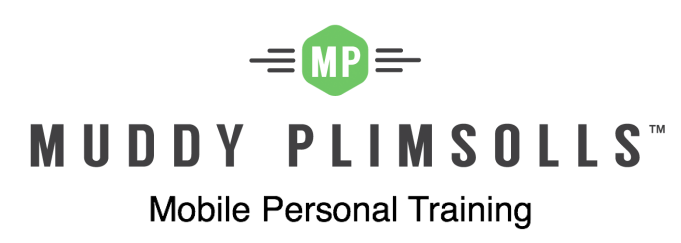Working out in the rain: A survivor’s guide

3 top tips from the experts on how to survive and thrive, working out in the rain.
Working out in the rain isn’t such a pain. In today’s post, we give you an insider’s peek at how we, as outdoor personal trainers, tackle wet weather.
When Muddy Plimsolls started offering outdoor personal training a few years back, there was basically just us and the odd bootcamp. Even then, most bootcamps were fair weather services. I would routinely be asked “what happens when it rains?”. It’s why we chose the name of our company. The quick answer is “you get wet”.
The reality of training outdoors in all weathers can surprise a new client. Particularly if they jump into a training programme in the autumn or winter. Only when they are standing in the park, with the rain coming down, does it perhaps hit them that they’re doing this voluntarily. And they’re about to get really wet.
Below are two strategies for easing newbies into a new mindset when it comes to training in the rain.

Being prepared for bad weather
Firstly, an interesting piece of information. London receives just below 650 millimetres (25.6 in) of rainfall per annum which is less than Rome, Sydney, or New York City (Mayor of London Environment document/Wikipedia).
We’ll find out how much proper outdoor wet weather gear a new client owns. Our personal trainers have their own preferences when it comes to wet weather gear. As a company we recommend outdoor clothing shops that cater to the hiking, mountaineering and outdoor pursuits crowd. The brands found in these shops manufacture clothes to withstand extremely testing conditions.
Adapting sessions around rain
If it’s raining heavily at the beginning of a session, we’ll head for some kind of cover. A tree or park shelter.
You can’t avoid getting wet shoes, but to alleviate completely sodden feet, the session might move to a tarmac or other man-made surface. If the client needs to be on grass, due to the softer surface, then that portion of the workout might come at the end of the session. That way the client doesn’t have to endure sodden training shoes for an hour.
Some plyometric/sprinting elements might be reduced during a workout in the rain. These exercises require a solid footing, not slippery surfaces. And mat-based work can get a little messy too in the mud. So we may keep clients on their feet and use a ‘standing core’ approach to core training (which I prefer anyway). You can leave out the planks for one session.
Managing client expectations about bad weather
Most people do not naturally want to stand in the rain. We try to manage a clients’ experience of wet weather training. Otherwise they may become discouraged. This is such as shame if the client is doing great work and seeing results. So here are some ways we keep training in the rain from becoming like Chinese water torture.
We encourage our trainers to avoid complaining about the weather. So, playing up the positive outcomes of the session i.e. it will soon lead to a hot shower and clean clothes, how quiet and peaceful the park is that day because of the weather.
What we don’t say about working out in the rain: “It will toughen you up”, “This is nothing, you should have seen the rain the other day”, “I hate the rain”.
At the end of the session we might congratulate them for making it out that day and what they’ve achieved that day in their performance – emphasising that if they had not come out in the rain they would not have achieved what they did. If it is raining particularly heavily and windy too, I will congratulate them on braving the elements, at the end of the session and that they could let their friends know about their achievement.
You can find a personal trainer from Muddy Plimsolls who will lead you through an all-weather training session and show you how to get fit outdoors, across London, using bodyweight exercise and basic equipment.
